2015 年北京师范大学考博英语真题
(总分 68, 做题时间 90 分钟)
1. Reading Comprehension
The human ear contains the organ for hearing and the organ for balance. Both organs
involve fluid-filled channels containing hair cells that produce electrochemical
impulses when the hairs are stimulated by moving fluid.
The ear can be divided
into three regions: outer, middle, and inner. The outer ear collects sound waves
and directs them to the eardrum separating the outer ear from the middle ear. The
middle ear conducts sound vibrations through three small bones to the inner ear.
The inner ear is a network of channels containing fluid that moves in response to
sound or movement.
To perform the function of hearing, the ear converts the energy
of pressure waves moving through the air into nerve impulses that me brain perceives
as sound. Vibrating objects, such as the vocal cords of a speaking person, create
waves in me surrounding air. These waves cause the eardrum to vibrate with the same
frequency. The three bones of the middle ear amplify and transmit the vibrations
to the oval window, a membrane on the surface of the cochlea, the organ of hearing.
Vibrations of me oval window produce pressure waves in the fluid inside me cochlea.
Hair cells in the cochlea convert the energy of the vibrating fluid into impulses
that travel along the auditory nerve to the brain.
The organ for balance is also
located in the inner ear. Sensations related to body position are generated much
like sensations of sound. Hair cells in the inner ear respond to changes in head
position with respect to gravity and movement. Gravity is always pulling down on
the hairs, sending a constant series of impulses to the brain. When the position
of the head changes—as when the head bends forward—the force on the hair cells
changes its output of nerve impulses. The brain then interprets these changes to
determine the head's new position.
1.
What can be inferred about the organs for hearing and balance?
A Both organs evolved in humans at the same time.
B Both organs send nerve impulses to the brain.
C Both organs contain the same amount of fluid.
D Both organs are located in me ear's middle region.
2.
Hearing involves all of the following EXCEPT______.
A motion of the vocal cords so that they vibrate
B stimulation of hair cells in fluid-filled channels
C amplification of sound vibrations
D conversion of wave energy into nerve impulses
�
3.
It can be inferred from Paragraphs 2 and 3 that the cochlea is a part of______.
A the outer ear
B me eardrum
C the middle ear
D the inner ear
4.
What can be inferred from Paragraph 4 about gravity?
A Gravity has an essential role in the sense of balance.
B The ear converts gravity into sound waves in the air.
C Gravity is a force that originates in the human ear.
D The organ for hearing is not subject to gravity.
5.
In this passage, the author mainly explains______.
A the organs of the human ear
B the function of the hearing
C the three regions of the ear
D how the ear organ performs the hearing and balance
The geology of the Earth's surface is dominated by the particular properties of water.
Present on Earth in solid, liquid, and gaseous states, water is exceptionally
reactive. It dissolves, transports, and precipitates many chemical compounds and
is constantly modifying the face of the Earth.
Evaporated from the oceans, water
vapor forms clouds, some of which are transported by wind over the continents.
Condensation from the clouds provides the essential agent of continental erosion:
rain. Precipitated onto the ground, the water trickles down to form brooks, streams,
and rivers, constituting what is called the hydrographic network. This immense
polarized network channels the water toward a single receptacle: an ocean. Gravity
dominates this entire step in the cycle because water tends to minimize its potential
energy by running from high altitudes toward the reference point that is sea level.
The rate at which a molecule of water passes through the cycle is not random but
is a measure of the relative size of the various reservoirs. If we define residence
time as the average time for a water molecule to pass through one of the three
reservoirs—atmosphere, continent, and ocean—we see that the times are very
different. A water molecule stays, on an average, eleven days in the atmosphere,
one hundred years on a continent and forty thousand years in the ocean. This last
figure shows the importance of the ocean as the principal reservoir of the
hydrosphere but also the rapidity of water transport on the continents.
A vast
chemical separation process takes places during the flow of water over the continents.
Soluble ions such as calcium, sodium, potassium, and some magnesium are dissolved
and transported. Insoluble ions such as aluminum, iron, and silicon stay where they
are and form the thin, fertile skin of soil on which vegetation can grow. Sometimes
�
soils are destroyed and transported mechanically during flooding. The erosion of
the continents thus results from two closely linked and interdependent processes,
chemical erosion and mechanical erosion. Their respective interactions and
efficiency depend on different factors.
6.
According to the passage, clouds are primarily formed by water______.
A precipitating onto the ground
B changing from a solid to a liquid state
C evaporating from the oceans
D being carried by wind
7.
The passage suggests that the purpose of the "hydrographic network" is to______.
A determine the size of molecules of water
B prevent soil erosion caused by flooding
C move water from the Earth's surface to the oceans
D regulate the rate of water flow from streams and rivers
8.
What determines the rate at which a molecule of water moves through the cycle, as
discussed in the third paragraph?
A The potential energy contained in water.
B The effects of atmospheric pressure on chemical compounds.
C The amounts of rainfall that fall on the continents.
D The relative size of the water storage areas.
9.
All of the following are examples of soluble ions EXCEPT______.
A magnesium
B iron
C potassium
D calcium
10.
The word "efficiency" in line 21 is closest in meaning to______.
A relationship
B growth
C influence
D effectiveness
Scientists have long understood that supermassive black holes weighing millions or
billions of suns can tear apart stars that come too close. The black hotels gravity
pulls harder on the nearest part of the star, an imbalance that pulls the star apart
over a period of minutes or hours, once it gets close enough.
Scientists say this
uneven pulling is not the only hazard facing the star. The strain of these unbalanced
forces can also trigger a nuclear explosion powerful enough to destroy the star from
within. Matthieu Brassart and Jean-Pierre Luminet of the Observatoire de Paris in
Meudon, France, carried out computer simulations of the final moments of such an
�
When
unfortunate star's life, as it veered towards a supermassive black hole.
the star gets close enough, the uneven forces flatten it into a pancake shape. Some
previous studies had suggested this flattening would increase the density and
temperature inside the star enough to trigger intense nuclear reactions that would
tear it apart. But other studies had suggested that the picture would be complicated
by shock waves generated during the flattening process and that no nuclear explosion
should occur.
The new simulations investigated the effects of shock waves in
detail, and found that even when their effects are included, the conditions favor
a nuclear explosion. " There will be an explosion of the star — it will be completely
destroyed," Brassart says. Although the explosion obliterates the star, it saves
some of the star's matter from being devoured by the black hole. The explosion is
powerful enough to hurl much of the star's matter out of the black hole's reach,
he says.
The devouring of stars by black holes may already have been observed,
although at a much later stage. It is thought mat several months after the event
that rips the star apart, its matter starts swirling into the hole itself. It heats
up as it does so, releasing ultraviolet light and X-rays.
If stars disrupted near
black holes really do explode, then they could in principle allow these events to
be detected at a much earlier stage, says Jules Hatpern of Columbia University in
New York, US2. "It may make it possible to see the disruption of that star immediately
if it gets hot enough," he says.
Brassart agrees. "Perhaps it can be observed
in the X-rays and gamma rays, but it's something that needs to be more studied,"
he says. Supernova researcher Chris Fryer of the Los Alamos National Laboratory in
Los Alamos, New Mexico, US3, says the deaths of these stars are difficult to simulate,
and he is not sure whether the researchers have proven their case that they explode
in the process.
11.
Something destructive could happen to a star that gets too close to a black hole.
Which of the following destructive statements is NOT mentioned in the passage?
A The black hole could tear apart the star.
B The black hole could trigger a nuclear explosion in the star.
C The black hole could dwindle its size considerably.
D The black hole could devour the star.
12.
According to the third paragraph, researchers differed from each other in the problem
of ______.
A whether nuclear reaction would occur
B whether the stars would increase its density and temperature
C whether shock waves would occur
D whether the uneven forces would flatten the stars
13.
According to the fourth paragraph, which of the following is NOT true?
A No nuclear explosion would be triggered inside the star.
B The star would be destroyed completely.
�
C Much of the star's matter thrown by the explosion would be beyond the black hole's
reach.
D The black hole would completely devour the star.
14.
What will happen several months after the explosion of the star?
A The star's matter will move further away from by the black hole.
B The black hole's matter will heat up.
C The torn star's matter will swirl into the black hole.
D The black hole's matter will release ultraviolet light and X-rays.
15.
According to the context, the word "disruption" in Paragraph 6 means______.
A confusion
B tearing apart
C interruption
D flattening
Our linguistic and cultural
Our culture has caused most Americans to assume not only that our language is
universal but that the gestures we use are understood by everyone. We do not realize
that waving good-bye is the way to summon a person from the Philippines to one's
side, or that in Italy and some Latin-American countries, curling the finger to
oneself is a sign of farewell.
Those private citizens who sent packages to our
troops occupying Germany after World War II and marked them GIFT to escape duty
payments did not bother to find out that " Gift" means poison in German. Moreover,
we like to think of ourselves as friendly, yet we prefer to be at least 3 feet or
an arm's length away from others. Latins and Middle Easterners like to come closer
and touch, which makes Americans uncomfortable.
blindness and the casualness with which we take notice of the developed tastes,
gestures, customs and languages of other countries, are making us lose friends,
business and respect in the world.
Even here in the United States, we make few
concessions to the needs of foreign visitors. There are no information signs in four
languages on our public buildings or monuments; we do not have multilingual guided
tours. Very few restaurant menus have translations, and multilingual waiters, bank
clerks and policemen are rare. Our transportation systems have maps in English only
and often we ourselves have difficulty understanding them.
When we go abroad,
we tend to cluster in hotels and restaurants where English is spoken. Then attitudes
and information we pick up are conditioned by those natives—usually the richer
—who speak English. Our business dealings, as well as the nation's diplomacy, are
conducted through interpreters.
For many years, America and Americans could get
by with cultural blindness and linguistic ignorance. After all America is the most
powerful country of the free world, the distributor needed funds and goods.
But
all that is past. American dollars no longer buy all good things, and we are slowly
beginning to realize that our proper role in the world is changing. A 1979 Harris
poll reported that 55 percent of Americans want this country to play a more
�
significant role in world affairs; we want to have a hand in the important decisions
of the next century, even though it may not always be the upper hand.
16.
It can be inferred that Americans being approached too closely by Middle Easterners
would most probably______.
A stand still
B jump aside
C step forward
D draw back
17.
The author gives many examples to criticize Americans for their______.
A cultural self-centeredness
B casual manners
C indifference towards foreign visitors
D arrogance towards other countries
18.
In countries other than their own most Americans______.
A are isolated by the local people
B are not well informed due to the language barrier
C tend to get along well with the natives
D need interpreters in hotels and restaurants
19.
According to the author, Americans' cultural blindness and linguistic ignorance
will______.
A affect their image in the new era
B cut themselves off from the outside world
C limit their role in world affairs
D weaken the position of the US dollar
20.
The author's intention in writing this article is to make Americans realize
that______.
A it is dangerous to ignore their foreign friends
B it is important to maintain their leading role in world affairs
C it is necessary to use several languages in public places
D it is time to get acquainted with other cultures
Historians have only recently begun to note the increase in demand for luxury goods
and services that took place in 18th-century England. McKendrick has explored the
Wedgwood firm's remarkable success in marketing luxury pottery; Plumb has written
about the proliferation of provincial theaters, musical festivals, and children's
toys and books. While the fact of this consumer revolution is hardly in doubt, three
key questions remain: Who were the consumers? What were their motives? And what were
An answer to the first of these has
the effects of the new demand for luxuries?
�
To
been difficult to obtain. Although it has been possible to infer from the goods and
services actually produced what manufactures and servicing trades thought their
customers wanted, only a study of relevant personal documents written by actual
consumers will provide a precise picture of who wanted what. We still need to know
how large this consumer market was and how far down the social scale the consumer
demand for luxury goods penetrated. With regard to this last question, we might note
in passing that Thompson, while rightly restoring laboring people to the stage of
18th-century English history, has probably exaggerated the opposition of these
people to the inroads of capitalist consumerism in general; for example, laboring
people in eighteenth-century England readily shifted from home-brewed beer to
standardized beer produced by huge, heavily capitalized urban breweries.
answer the question of why consumers became so eager to buy, some historians have
pointed to the ability of manufacturers to advertise in a relatively uncensored press.
This, however, hardly seems a sufficient answer. McKendrick favors a Veblen model
of conspicuous consumption stimulated by competition for status. The "middling sort"
bought goods and services because they wanted to follow fashions set by the rich.
Again, we may wonder whether this explanation is sufficient. Do not people enjoy
buying things as a form of self-gratification? If so, consumerism could be seen as
a product of the rise of new concepts of individualism and materialism(a
preoccupation with or stress upon material rather than intellectual or spiritual
things), but not necessarily of the frenzy for conspicuous competition.
Finally,
what were the consequences of this consumer demand for luxuries? McKendrick claims
that it goes a long way toward explaining the coming of the Industrial Revolution.
But does it? What, for example, does the production of high-quality pottery and toys
have to do with the development of iron manufacture or textile mills? It is perfectly
possible to have the psychology and reality of a consumer society without a heavy
industrial sector.
That future exploration of these key questions is undoubtedly
necessary should not, however, diminish the force of the conclusion of recent studies:
the insatiable demand in eighteenth-century England for frivolous as well as useful
goods and services foreshadows our own world.
21.
In the first paragraph, the author mentions McKendrick and Plumb most probably in
order to ______.
A contrast their views on the subject of luxury consumerism in 18th-century England
B indicate the inadequacy of historiographical approaches to 18th-century English
history
C give examples of historians who have helped to establish the fact of growing
consumerism in 18th-century England
D support the contention that key questions about 18th-century consumerism remain
to be answered
22.
Which of the following items, if preserved from 18th-century England, would provide
an example of the kind of documents mentioned in lines 3-4, Paragraph 2?
�
A A written agreement between a supplier of raw materials and a supplier of luxury
goods.
B A diary that mentions luxury goods and services purchased by its author.
C A theater ticket stamped with the date and name of a particular play.
D A payroll record from a company that produced luxury goods such as pottery.
23.
According to the text, Thompson attributes to laboring people in 18th-century
England which of the following attitudes toward capitalist consumerism?
A Enthusiasm.
B Curiosity.
C Ambivalence.
D Hostility.
24.
In the third paragraph, the author is primarily concerned with______.
A contrasting two theses and offering a compromise
B questioning two explanations and proposing a possible alternative to them
C paraphrasing the work of two historians and questioning their assumptions
D examining two theories and endorsing one over the other
25.
According to the text, 18th-century England and the contemporary world of the text
readers are______.
A dissimilar in the extent to which luxury consumerism could be said to be widespread
among the social classes
B dissimilar in their definitions of luxury goods and services
C dissimilar in the extent to which luxury goods could be said to be stimulant of
industrial development
D similar in their strong demand for a variety of goods and services
Pity those who aspire to put the initials PhD after their names. After 16 years of
closely supervised education, prospective doctors of philosophy are left more or
less alone to write the equivalent of a large book. Most social-science postgraduates
have still not completed their theses by the time their grant runs out after three
years. They must then get a job and finish in their spare time, which can often take
a further three years. By then, most new doctors are sick to death of the narrowly
defined subject which has blighted their holidays and ruined their evenings.
The
Economic and Social Research Council, which gives grants to postgraduate social
scientists, wants to get better value for money by cutting short this agony. It would
like to see faster completion rates; until recently, only about 25% of PhD candidates
were finishing within four years. The ESRC's response has been to stop PhD grants
to all institutions where the proportion taking less than four years is below 10% ;
in the first year of this policy the national average shot up to 39%. The ESRC feels
vindicated in its toughness, and will progressively raise the threshold to 40% in
two years. Unless completion rates improve further, this would exclude 55 out of
73 universities and polytechnics — including Oxford University, the London School
�
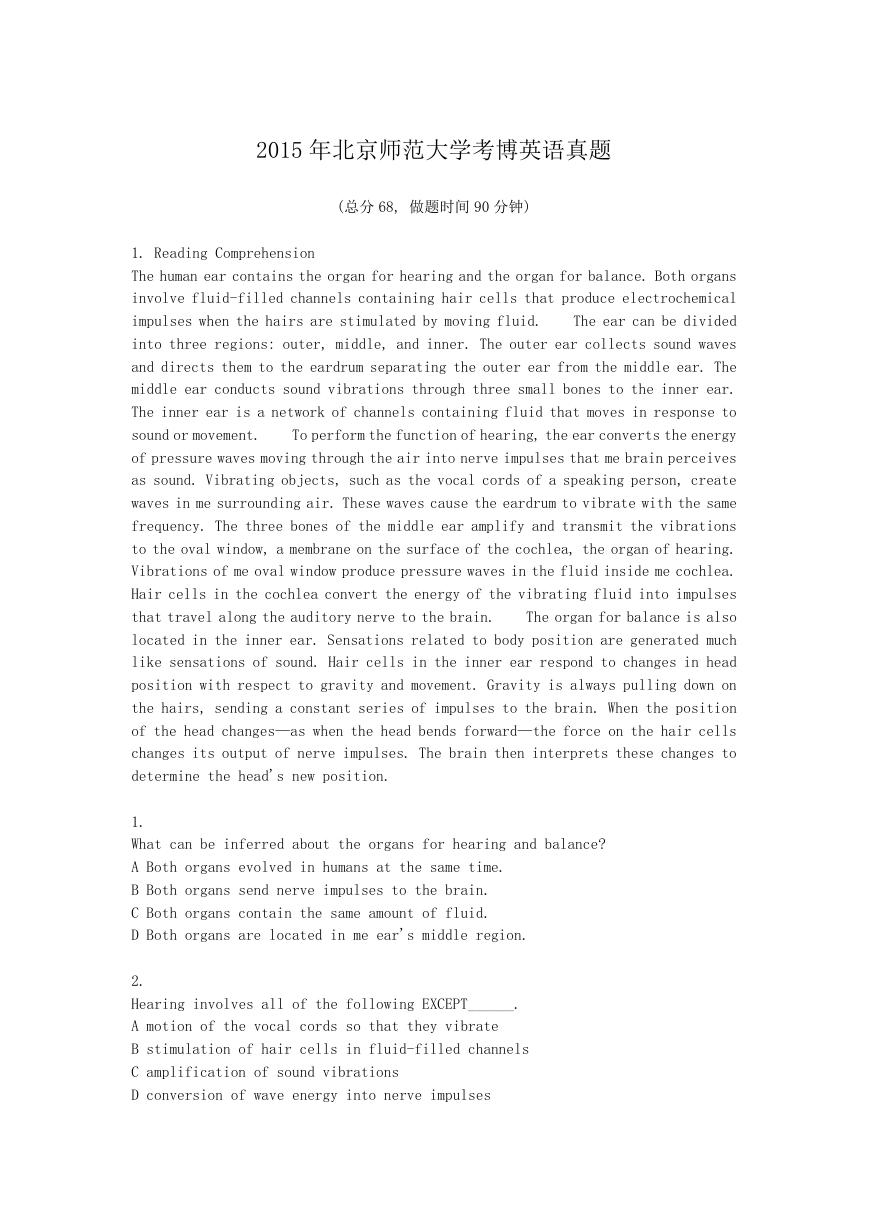
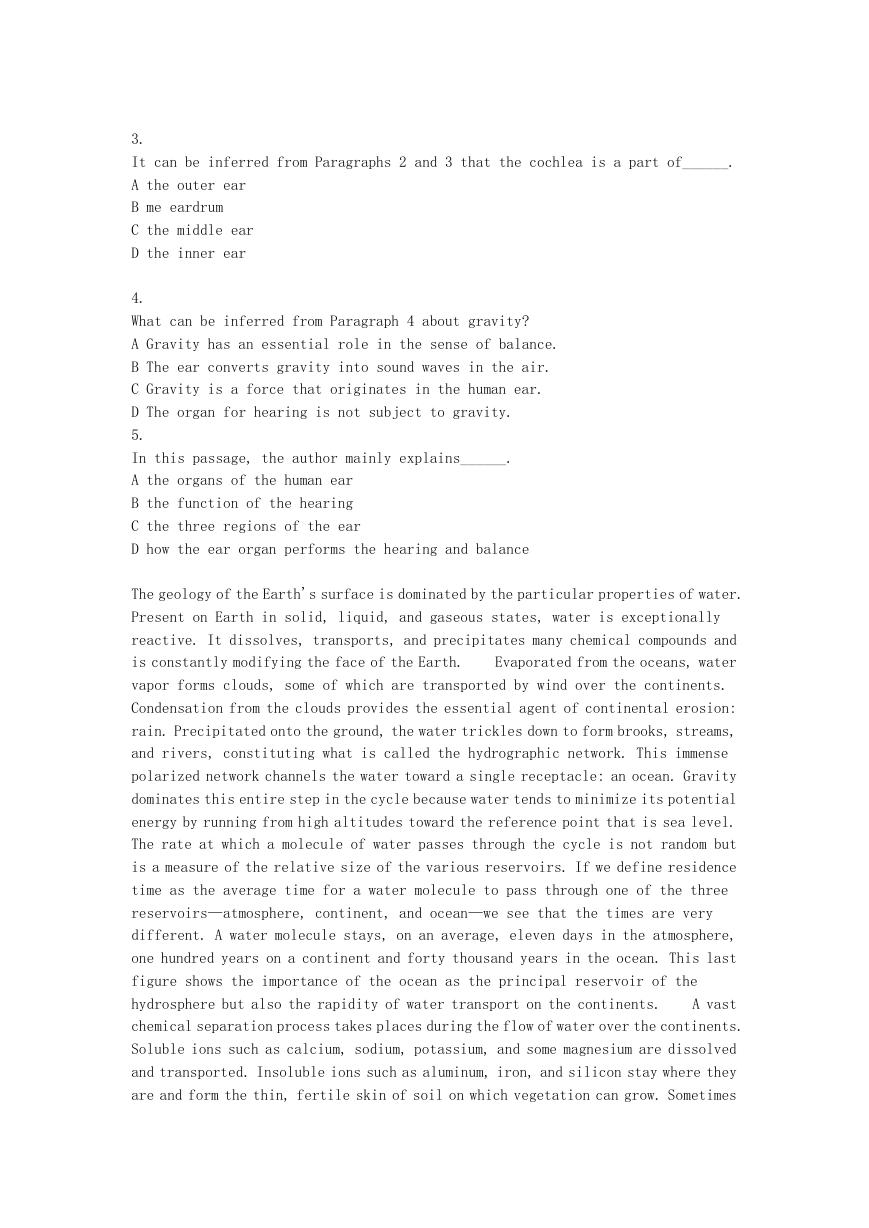

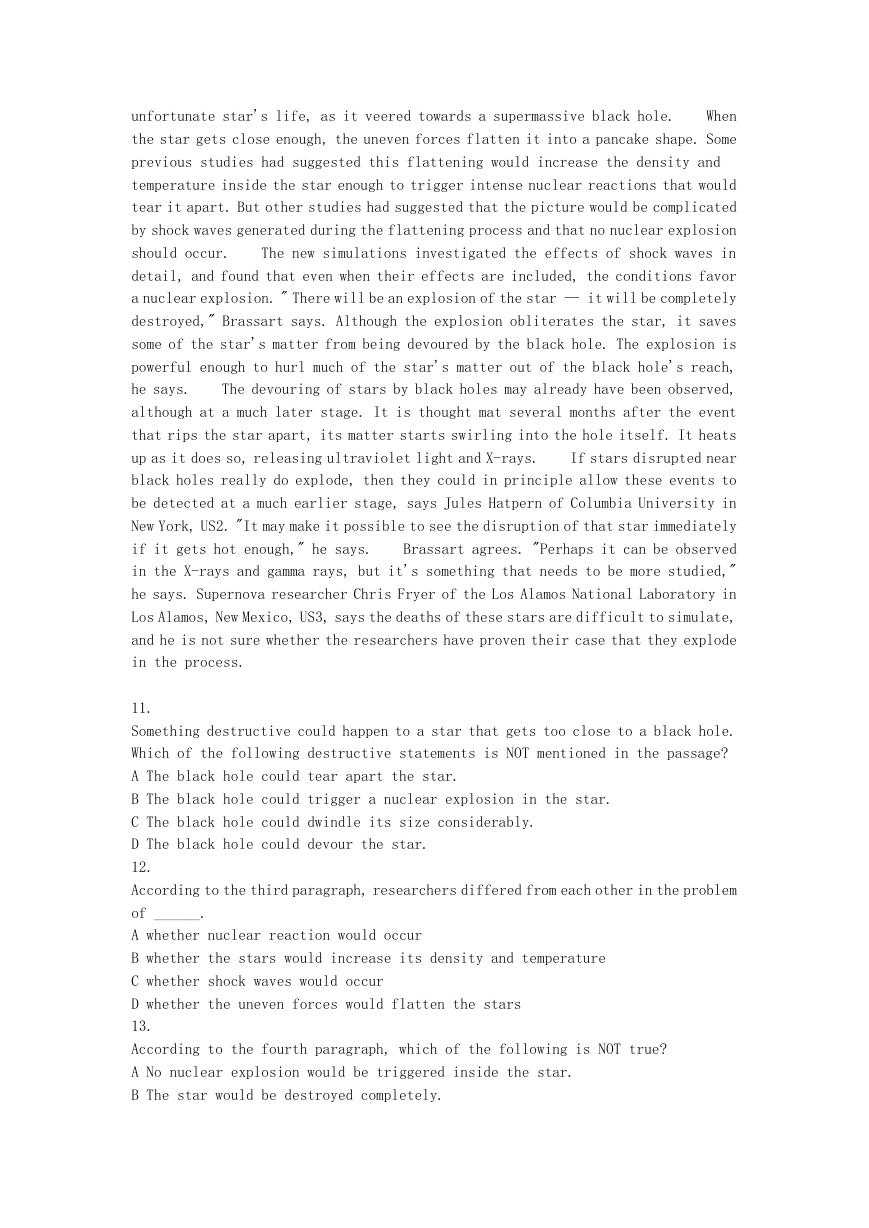
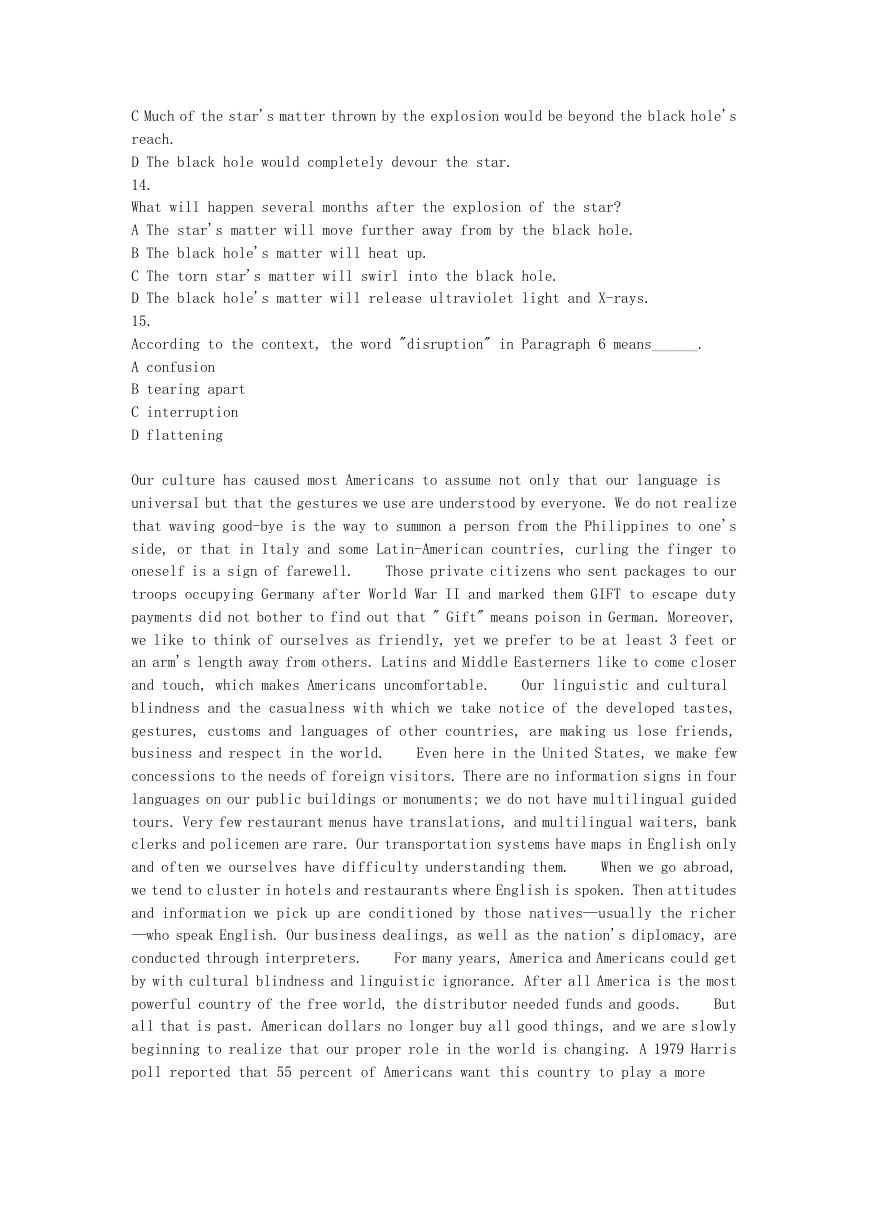

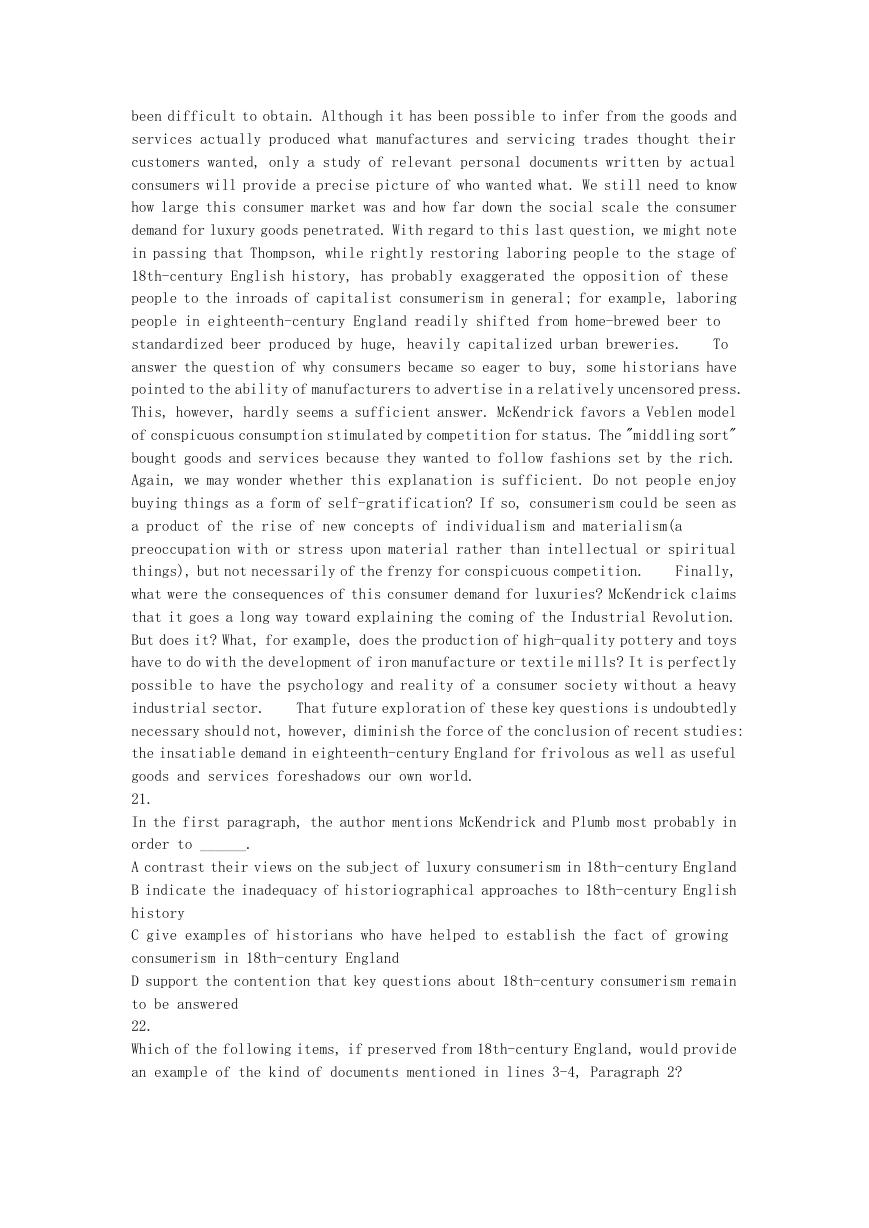









 2023年江西萍乡中考道德与法治真题及答案.doc
2023年江西萍乡中考道德与法治真题及答案.doc 2012年重庆南川中考生物真题及答案.doc
2012年重庆南川中考生物真题及答案.doc 2013年江西师范大学地理学综合及文艺理论基础考研真题.doc
2013年江西师范大学地理学综合及文艺理论基础考研真题.doc 2020年四川甘孜小升初语文真题及答案I卷.doc
2020年四川甘孜小升初语文真题及答案I卷.doc 2020年注册岩土工程师专业基础考试真题及答案.doc
2020年注册岩土工程师专业基础考试真题及答案.doc 2023-2024学年福建省厦门市九年级上学期数学月考试题及答案.doc
2023-2024学年福建省厦门市九年级上学期数学月考试题及答案.doc 2021-2022学年辽宁省沈阳市大东区九年级上学期语文期末试题及答案.doc
2021-2022学年辽宁省沈阳市大东区九年级上学期语文期末试题及答案.doc 2022-2023学年北京东城区初三第一学期物理期末试卷及答案.doc
2022-2023学年北京东城区初三第一学期物理期末试卷及答案.doc 2018上半年江西教师资格初中地理学科知识与教学能力真题及答案.doc
2018上半年江西教师资格初中地理学科知识与教学能力真题及答案.doc 2012年河北国家公务员申论考试真题及答案-省级.doc
2012年河北国家公务员申论考试真题及答案-省级.doc 2020-2021学年江苏省扬州市江都区邵樊片九年级上学期数学第一次质量检测试题及答案.doc
2020-2021学年江苏省扬州市江都区邵樊片九年级上学期数学第一次质量检测试题及答案.doc 2022下半年黑龙江教师资格证中学综合素质真题及答案.doc
2022下半年黑龙江教师资格证中学综合素质真题及答案.doc